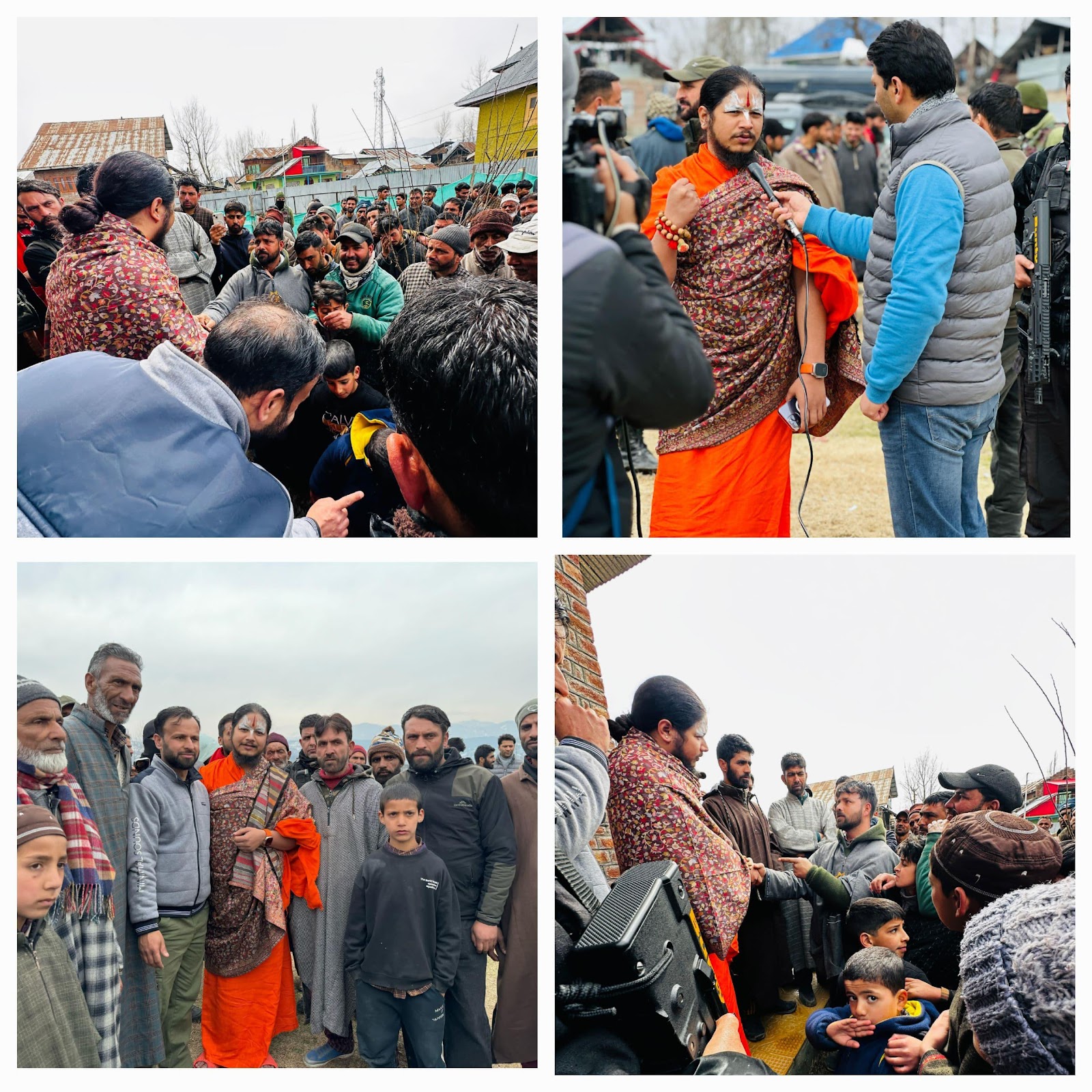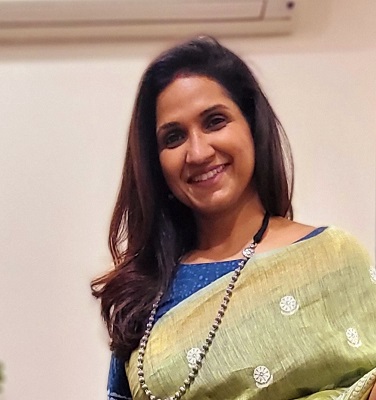IESA SESI 2024 sets new benchmarks for capacity expansion and investments in India’s promising Battery Energy Storage Space
Over 250+ industry leaders, government officials, and over 10+ partner countries emphasised the rapid deployment of BESS and pumped hydro in India to claim global leadership New Delhi (India), March 23: In its endeavour to meet the ambitious 500GW of non-fossil energy target, India needs some bold steps and an advanced BESS ecosystem with over [...]

Over 250+ industry leaders, government officials, and over 10+ partner countries emphasised the rapid deployment of BESS and pumped hydro in India to claim global leadership
New Delhi (India), March 23: In its endeavour to meet the ambitious 500GW of non-fossil energy target, India needs some bold steps and an advanced BESS ecosystem with over 238 GWh of capacity. Experts at the 4th Edition of the International Conference on Stationary Energy Storage India (SESI) 2024 emphasised on the rising penetration of renewables in the energy mix and addressed various system integration challenges affecting the energy storage capacity expansion. Over 250 industry leaders, government officials, and 10+ partner countries including USA, Norway, Germany, Scotland, Australia and Singapore participated and discussed the future roadmap for Renewable, electricity grid, rooftop solar, and decarbonise the C&I sector. India’s leading industry body India Energy Storage Alliance (IESA) organised this biggest international conference to support India in integrating renewable energy in the power system which is crucial for the country to meet its climate goals.
“From capacity expansion to being a global investor-friendly destination in the segment, India has achieved a lot in less than a decade. Our existing 190+ GW of non-fossil-based capacity is a testament to this growth story. At one end we are trying to get more and more solar and wind into the grid, but also we are bringing in a lot of other energy mix. The flavour is changing and the flavor now requires much effort from the manufacturing side. And that’s where MNRE’s role is now coming into play. We do need good best practices followed in the manufacturing industry. We do need advanced chemistry cells for stationary storage applications to be manufactured in India.” says Shri Dinesh Jagdale, Joint Secretary, Ministry of New and Renewable Energy.
“India is poised for rapid deployment of BESS and pumped hydro to complement the renewable energy deployments as part of the ambitious targets set by Hon’ble Prime Minister Shri Narendra Modi ji. With the Stationary Energy Storage India Council (SESI), the India Energy Storage Alliance is all ready to work with a various set of policies. The most exciting part is that now we are entering into the execution part of our plans.” said Dr. Rahul Walawalkar, President, IESA.
For close to a decade, IESA has been working with central and state government agencies like CEA, CERC, Grid-India, SECI, and others to accelerate the growth of the energy storage sector in India and to address potential system integration challenges that may arise from the rising penetration of renewables in the energy mix through its Stationary Energy Storage India Council (SESI) Council.
Addressing the need for an integrated policy for storage systems, Shri Rajnath Ram, Adviser (Energy), NITI Aayog said, “Today’s storage Infrastructure is capable of storing energy but we need to figure out ways to store more energy as and when the demand and energy generation increases. Let’s imagine that we have about 1800 gigawatt per hour energy demand by 2047, then we need to expand on the energy storage systems as well. We need to have a very integrated policy for building the storage system within the country.”
“The rising penetration of renewables in the energy mix also necessitates increasing energy storage capacity to address system integration challenges arising from the variable nature of renewable energy and supply-demand mismatch. It’s high time for us to now look at how can we bring in firmness, flat curves, and that extra energy which can probably be looked at as the tailwind today into the storage space.” said, Debi Prasad Dash, Executive Director, IESA & Secretary, US-India Energy Storage Taskforce (ESTF) secretariat.
The Solar Energy Corporation of India Limited (SECI) has recently commissioned the biggest grid-connected storage yet in the country which is a 100-megawatt SPV solar project with 40 megawatt/120 megawatt-hour battery energy storage system project. The enabled capacity is around 152 megawatt-hours that is in the Rajnandgaon district of Chhattisgarh. “Pricing is a major factor in battery energy storage and we are estimating that the prices would fall for batteries close to 140 dollars per KWH, but the estimations also say that the prices would further reduce to 50 dollars per KWH which is the need of the hour.”, says Prashant Upadhyay, Senior Manager, SECI.
“Just like the Solar Energy sector, we are now looking for energy storage through the Integrated RE module and still we are exploring the viability of that. To make this sector more sustainable government, industry, and people need to work together. Since banks today as well, don’t know the economics of this sector, so that’s why a plan that integrates as a whole makes this sector more viable and efficient.”, said Mani Khurana, Senior Energy Specialist, The World Bank.
Organized under the esteemed Stationary Energy Storage India Council (SESI Council), key stakeholders from the stationary energy sector from regulators and policymakers to industry leaders and experts discussed and collaborated on advancements in the stationary energy storage. Key participants include MNRE, MoP, MEITY, DST, CEA, SECI, NTPC, GEAPP, World Economic Forum, Department of science & Technology, World Bank, Good Enough Energy, SMA, Envision Energy, Ampyr Energy, DCM Container, Maestrotech System, GIZ, Government of Australia and others.
For more information and registration, please visit conference website – https://indiaesa.info/events/ongoing-upcoming-events/stationary-energy-storage-india-sesi-2024
About India Energy Storage Alliance (IESA):
India Energy Storage Alliance (IESA) is a leading industry alliance focused on the development of advanced energy storage, e-mobility, green hydrogen, and emerging technologies in India. Founded in 2012, by Customized Energy Solutions (CES), IESA’s vision is to make India a global hub for R&D, manufacturing, and adoption of advanced energy storage, e-mobility, and green hydrogen technologies.
Today IESA is a proud network of 180+ member companies, encompassing industry verticals from energy storage, EV manufacturing, EV charging infrastructure, green hydrogen, microgrids, power electronics, renewable energy, research institutes and universities, and cleantech startups.
If you have any objection to this press release content, kindly contact pr.error.rectification@gmail.com to notify us. We will respond and rectify the situation in the next 24 hours.


























































